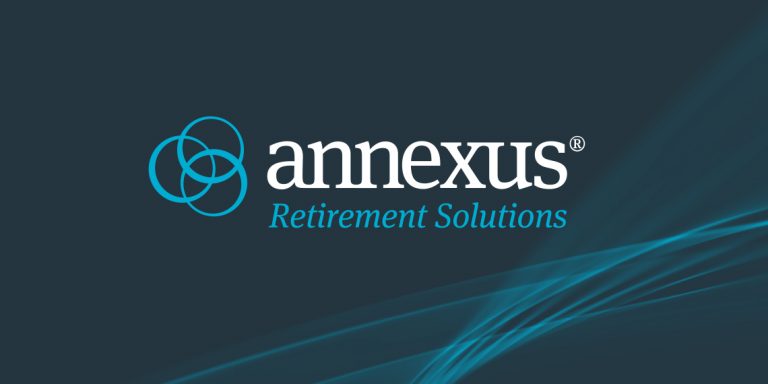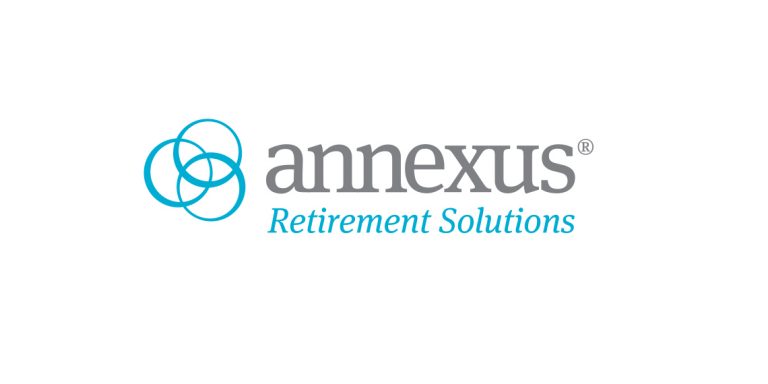Why It’s Time to Rethink Retirement Income Solutions
Embrace solutions that prioritize growth, simplicity, flexibility, and lifetime income. By doing so, you provide participants with what they need most—the confidence to retire securely and with peace of mind.
by Dave Paulsen
This article was originally posted by NAPA.
The need for lifetime income is undeniable and will not go away. With 86% of participants asking for guaranteed income1, and 83% thinking their employers should offer it2, it’s clear that retirement solutions must evolve to focus on more than just accumulation.
Unfortunately, most lifetime income solutions fall short of meeting participants’ needs. I call these products “first-generation lifetime income solutions.”
These solutions ineffectively bolt on retail annuities to group asset management platforms—two structures that weren’t designed to fit together. This approach forces participants to make tradeoffs in growth, liquidity, or ease of use to gain access to lifetime income. They also ask for the defined contribution space to conform to retail standards.
Participants no longer need to make these compromises. There is a way to combine all the benefits of a traditional target date fund (TDF) and annuity products—without any of the drawbacks. But you need to know what to look for. The answer lies within the product’s design.
Yesterday’s Solutions Won’t Solve Today’s Problems
Instead of combining existing products, we need to step back and ask ourselves: What problems are we genuinely trying to solve? Then, we need to design purposefully to those needs.
Yes, we want to offer lifetime income, but at what cost? For decades, we have seen the tradeoffs that a lifetime income component creates alongside an investment vehicle, forcing it to compromise on growth, flexibility, and control.
Consider participant-level decisions. TDFs gained popularity largely because they shifted decision-making from participants to fund managers, simplifying the investment process.
However, many of today’s so-called ‘new’ lifetime income solutions shift this responsibility back onto participants, requiring them to make complex choices—like how much to allocate to an annuity or when to activate their income benefits.
Any solution that demands additional decisions from participants beyond those of a traditional TDF risks falling short in decumulation, just as TDFs excelled in accumulation. The path forward is clear: decumulation must be as seamless and automated as the TDF model, providing participants with the confidence to rely on their retirement income without additional complexity.
Like actively managed TDFs, next-generation retirement income solutions must be managed by a fiduciary, not participants. These solutions move decision making and management to a fiduciary or trustee, simplifying the participant experience.
Solutions need to be developed from the ground up, designed to maintain the same benefits that participants have come to expect from TDFs: growth opportunity, ease of use and control of their assets—including the flexibility to liquidate at any time. The challenge is to integrate lifetime income without compromising these core attributes.
Achieving this requires more than retrofitting a retail annuity onto an institutional platform; it calls for a reimagined approach that provides guaranteed income alongside the benefits participants have come to expect and demand. This can be done, but only if the solution is designed with the participant’s needs top of mind.
The Impact of “Old Thinking” on Employees and Employers
Continuing to rely on outdated solutions perpetuates uncertainty and stress among participants, contributing to the rising anxiety over retirement security. With nearly two-thirds of Americans fearing they will run out of money more than they fear death3, it’s clear that these traditional products are not only inadequate but are actively undermining retirement confidence.
And it doesn’t help that these existing solutions expose participants to market volatility. As individuals approach or enter retirement, sequence of returns risk becomes a critical issue, and traditional TDFs fail to protect participants from market risks during these critical withdrawal periods.
These issues are causing Americans to retire later to ensure they have enough money in retirement. This delay affects not only participants but also employers. A recent study by EY estimates that delayed retirement costs companies up to $26,000 per year per employee, as employees remain in the workforce longer due to financial insecurity.4
Fresh Thinking for Better Outcomes
Innovative, new lifetime income products offer the flexibility to adapt to the defined contribution industry, seamlessly fitting into recordkeeping platforms. These products also introduce new investing alternatives designed to provide the stability that comes with lifetime income solutions without all the prior constraints and tradeoffs. And it’s time for our industry to adopt them.
This new approach embeds an annuity into the TDF glidepath, creating a daily market value that allows it to act as its own asset class. With this design, the product offers a unit-based approach that recordkeepers understand and leads to easy implementation. The design also offers better portability for participants.
This design allows the annuity to work like any other investment or underlying holding and in turn allows products to offer all the benefits of TDFs—automated adjustments, diversified portfolios, and ease of use—plus lifetime income.5
Participants can still achieve the growth and flexibility they want in their investment. Since these new products operate as their own asset class, they adjust dynamically to market conditions, which means risk management is built into their design.
While never before possible, participants can now get lifetime income without sacrificing growth opportunity and full liquidity during the accumulation phase and during retirement, all without having to make difficult decisions in the process.
A Call for Industry-Wide Innovation
How can advisors tell the difference between the old and new products? In short, if a product feels cumbersome or overly complex, requires participant decisions, and forces products together that just don’t fit, ditch it. But if a solution offers participants all the benefits of a traditional TDF—growth, flexibility, and control—while also providing lifetime income, you’re on the right path.
As an advisor or plan sponsor, the time to act is now. We all share the same goal: achieving better outcomes for participants. Embrace solutions that prioritize growth, simplicity, flexibility, and lifetime income. By doing so, you provide participants with what they need most—the confidence to retire securely and with peace of mind.
Dave Paulsen is CEO of ARS and previously served as president of Individual Solutions and chief distribution officer for Transamerica, and CEO for World Financial Group and Transamerica Financial Advisors.
12023 In-Plan Insights Program, Greenwald Research.
22024 In-Plan Insights Program, Greenwald Research.
32024 Annual Retirement Study, Allianz Life.
4EY, Protected retirement income solutions: what plan sponsors need to know about a new generation of offerings, 2024.
5Subject to the claims-paying ability of the insurance company.







